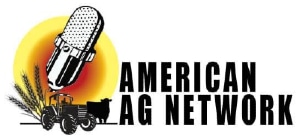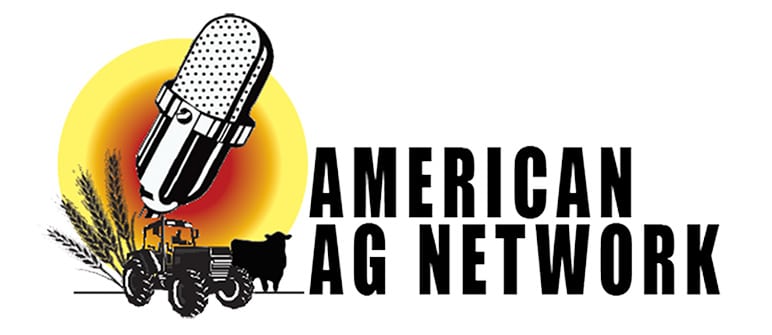The U.S. beef herd has been shrinking for several years, driven primarily by severe drought in cattle country. Jeff Stolle, vice president of marketing with the Nebraska Cattlemen, says the contraction shows signs of slowing.
Stolle says, “The liquidation appears to have slowed somewhat, but it has not stopped. When we see the number for January 1 beef cow inventories, it’s very likely going to be smaller than last year’s January 1 number. We are still in a liquidation phase. It is not quite as aggressive as it was eight months or so ago, maybe more, but we’re still in a liquidation phase.”
Drought is still keeping a lid on possible expansion in most of the beef herd. Stolle says, “There are still drought concerns in spots. You got places down through Missouri into northern Arkansas, eastern Oklahoma, that part of the country that’s gotten awfully dry again. You’ve got parts of Texas – there are more mama cows in Texas than any other state in the country, almost by 2x versus the next largest – they’ve got serious drought concerns in part of that state again. So yes, drought is still at play, and drought is still driving liquidation.”
Some parts of cattle country are seeing improvement in the drought conditions.
Stolle says, “The flip side is there are spots that have picked up some decent rainfall. So, in those areas, yes, the liquidation has started to slow a little bit. And quite honestly, over the last 12 months, we have seen a sharp appreciation in the value of calves and yearlings and some moderation in feed costs. Not a big change, but some moderation. You want to keep that mama cow around if there’s any way to do it when the calves are bringing these kinds of levels. But in some cases, there’s just no way to do it.”


